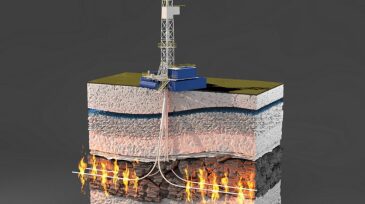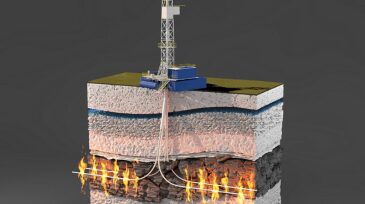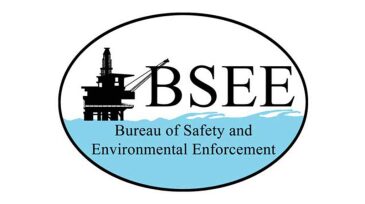Safety
This study ascertains the capital expenditure and operating expenditure associated with the reuse of existing facilities, specifically regarding a carbon capture and storage project being prepared in South Korea.
Sponsored
Advance your career with the new Pipeline Engineering Program at the Technical University of Leoben, a 5-month course combining on-campus and online learning, integrating industry expertise, engineering practice, and future-ready skills for professionals in oil, gas, and emerging energy systems.
A resilience-based approach to safety was the focus of a panel of experts at the 2025 SPE Annual Technical Conference and Exhibition in Houston.
-
Stanford geoscientists have found a way to detect thousands of tiny tremors around hydraulic fracturing operations that could serve as predictors of eventual larger earthquakes.
-
The Norwegian model for managing safety in the petroleum sector may seem complicated. The Petroleum Safety Authority has produced an educational guide to the safety regime.
-
The objective of this study was to estimate the economic burden of lung cancer and mesothelioma from occupational and paraoccupational asbestos exposure in Canada.
-
Stanford geoscientists have found a way to detect thousands of tiny tremors around hydraulic fracturing operations that could serve as predictors of eventual larger earthquakes.
-
More than a year ago, Ramanan Krishnamoorti and his team at the University of Houston started working on a predictive model that could alert oil and gas company employees when a problem might arise—and how to mitigate it.
-
Workers exposed to extreme cold or who work in cold environments may be at risk for cold-related illnesses and injuries.
-
Australia’s peak body for lung health professionals is demanding a national response after hearing that work-related lung diseases are on the rise.
-
In response to a Presidential Order to reduce undue burden on industry, the Bureau of Safety and Environmental Enforcement has completed a comprehensive review of the Production Safety Systems regulations.
-
Recommendations to reduce risks related to gas-release hazards were issued to the offshore oil and gas industry on 5 January. The Bureau of Safety and Environmental Enforcement released a Safety Alert highlighting the findings of its Gulf of Mexico-wide inspection effort.
-
The paper describes a structured methodology for evaluation and visualization of technical integrity for oil and gas production and processing plants and explains how it is used to decide on technical conditions and assess risk and mitigating actions.










